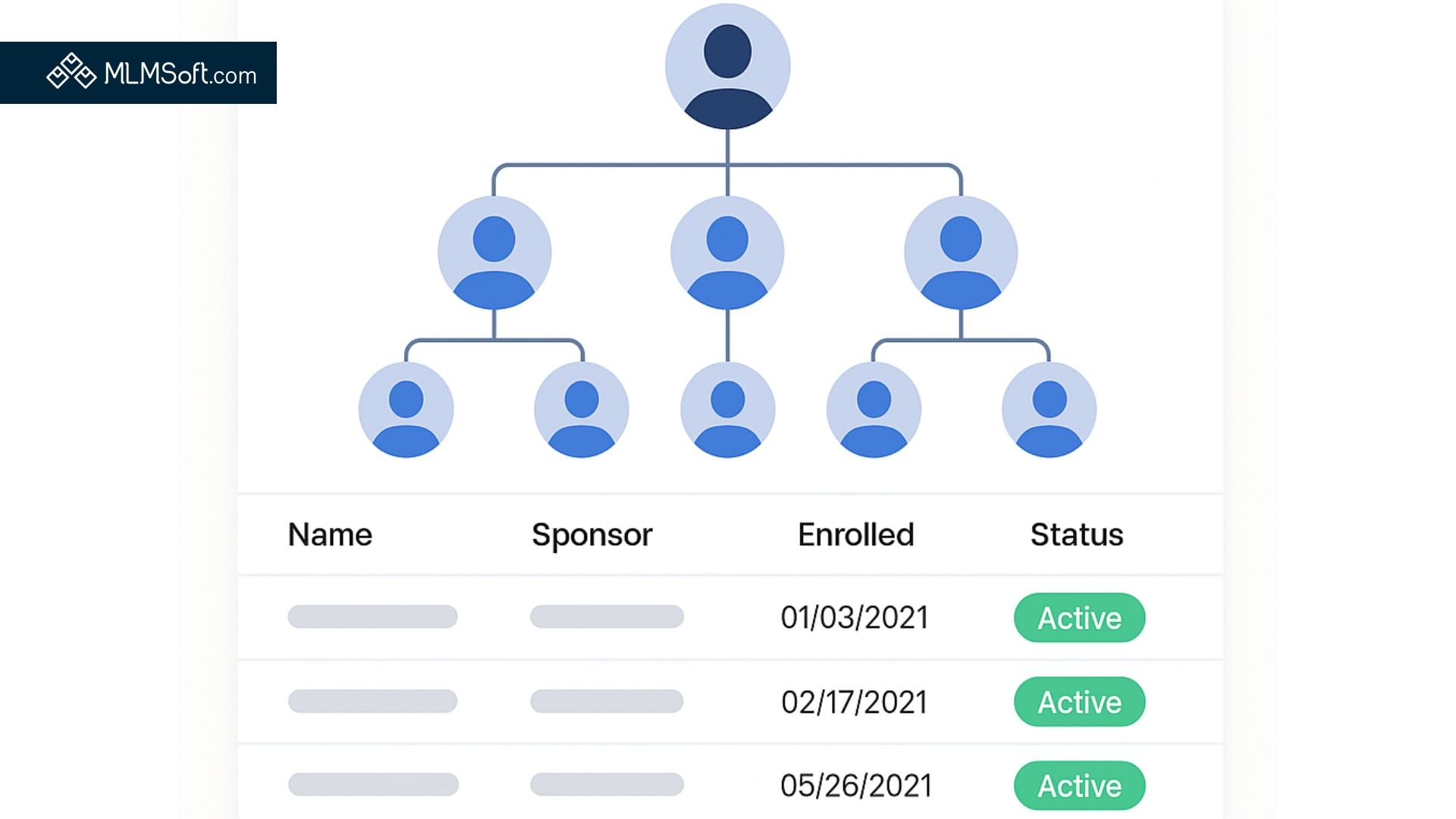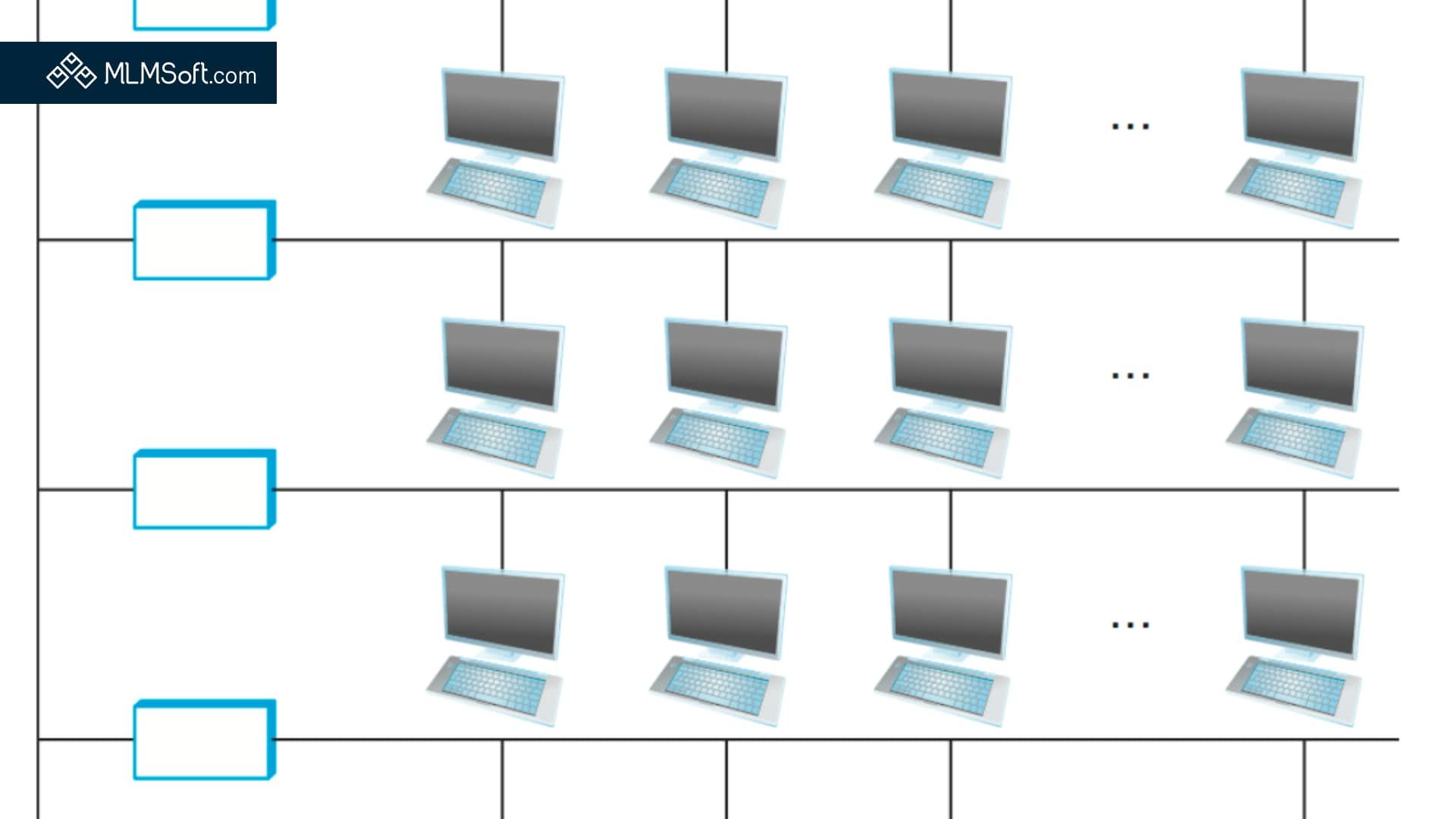Revolving Matrix MLM: A Comprehensive Guide to Dynamic Growth and Reward
In multi-level marketing (MLM), compensation plans shape not just financial rewards but also long-term engagement and network expansion. Among these, the Revolving Matrix stands out for its unique rotational system, promoting both individual income and team growth through recurring cycles. Unlike static structures, the Revolving Matrix continually renews itself, offering distributors multiple earning opportunities and driving active recruitment. This guide dives into the specifics of the Revolving Matrix, its advantages, and how it differs from more conventional structures.
Key Takeaways
- Sustainable Income with Each Cycle: Every completed cycle renews earning potential, motivating distributors to keep building their network.
- Transparent and Equitable Rewards: By resetting positions in each cycle, the Revolving Matrix provides a fair, balanced earnings structure.
- Retention and Engagement Focus: Continuous engagement helps distributors stay motivated, reducing attrition and driving team collaboration.
- Scalability for Any MLM Size: From small startups to large networks, the Revolving Matrix adapts to varying scales and growth targets.
Understanding the Revolving Matrix Model
The Revolving Matrix MLM model operates as a cycling system, where distributors fill a preset number of spots within a defined matrix structure. Each time a distributor completes a level, they “revolve” into a new matrix, beginning a new income cycle. Unlike the Forced Matrix model, which has a static structure limiting team size, the Revolving Matrix resets with each cycle. This means no cap on potential growth, which aligns with the goals of MLM teams aiming for scalability.
Imagine a 3x3 matrix, where each distributor recruits three team members directly below them. As each level fills, the matrix completes and resets, positioning the distributor at the start of a new matrix round. Here, each new level brings a fresh opportunity to earn bonuses, while previous cycles continue generating residual income.

Key Components of the Revolving Matrix
- Cyclical Earning Potential: Each matrix reset offers an ongoing income stream. Distributors benefit from entering new cycles as their previous ones are completed, meaning they can generate income from multiple matrices simultaneously.
- Retention and Growth Incentives: The revolving nature of this matrix encourages distributors to stay active, as the potential for additional cycles drives sustained engagement. This, in turn, keeps the network lively and motivated, as the matrix completion creates frequent “milestone moments” for distributors to celebrate and share.
- Flexibility and Scalability: While the Forced Matrix has fixed limits, the Revolving Matrix thrives on its flexible setup, ideal for both seasoned professionals and newcomers. Since each new cycle opens opportunities for new recruits and income, it allows distributors to expand their networks without a cap on potential growth. Small teams benefit from frequent resets, while large teams see steady growth due to ongoing member engagement.
- Balanced Reward Structure: Each distributor re-enters the matrix at the same level during each cycle, offering a fair playing field. This is especially appealing for businesses wanting a transparent system that values each team member equally, reducing any rank disparity over time.
- Enhanced Earning Transparency: By placing all distributors on equal footing at the start of each new matrix, the Revolving Matrix promotes transparency in earnings. Distributors understand exactly where they stand in the compensation hierarchy and see their progress as they advance through each cycle.
Advantages of the Revolving Matrix Over Traditional Plans
- Constant Renewal of Income Potential: Unlike static models, the Revolving Matrix prevents income stagnation by continually cycling distributors back into earning rounds.
- Encourages Active Participation: Since distributors earn bonuses with each new cycle, they’re encouraged to recruit new members to maintain their progress.
- Scalability for All Business Sizes: This plan’s flexibility means it’s suitable for businesses of all scales. New teams can enjoy small, frequent cycles, while larger teams find constant growth through unending cycles.
For MLM businesses, utilizing software that seamlessly handles these revolving cycles is essential. MLM Soft’s platform, for instance, simplifies payout processing and helps businesses automate payouts to sustain operational efficiency, even with multiple concurrent matrices.

Potential Challenges and How to Address Them
The Revolving Matrix model, though rewarding, requires active participation from all members. A few challenges can arise, such as the need for frequent recruiting to maintain cycle momentum and the challenge of engaging new members in a potentially complex system. However, with real-time notifications, members can stay informed and motivated, ensuring that each cycle has an active, engaged network.
- Recruitment Dependence: While revolving matrices rely heavily on recruitment, providing distributors with consistent updates and recognition can keep recruitment levels steady. Emphasizing distributor milestones and achievements also promotes the plan’s success.
- Network Retention: For revolving matrices, retention of both new and existing members is key. Recognition tools and regular engagement help keep all participants motivated. Distributors can be rewarded not only for recruiting new members but for maintaining their network activity, making retention as valuable as recruitment.
- System Complexity: Introducing new distributors to the revolving structure might initially seem complicated. However, companies can simplify training by providing clear documentation, tutorials, and resources to explain each cycle’s purpose and reward potential.
- Payout Tracking: Managing multiple cycles can make payout processing complex, but an automated system that tracks distributor progress and payout levels can simplify this process. MLM Soft’s integration capabilities, such as payout automation tools, support seamless payment flows, ensuring that distributors receive accurate, timely rewards.
Implementing the Revolving Matrix: Best Practices
- Set Clear Goals and Benchmarks: Before launching the plan, companies should define cycle benchmarks to maintain clear objectives for distributors. Tracking individual and team progress across cycles helps manage distributor expectations.
- Train Distributors Thoroughly: Equip distributors with the knowledge to explain the matrix effectively to recruits. An in-depth onboarding program can ease their transition into the revolving system and set them up for success from the first cycle.
- Utilize Data-Driven Insights: Using software to monitor each distributor’s matrix completion data can offer valuable insights. Businesses can then adjust recruiting strategies, training programs, or retention incentives to keep the network aligned and progressing together.
- Encourage Peer-to-Peer Support: Cultivating a supportive network within each matrix encourages teamwork, especially during new cycles. When distributors know they can depend on teammates, they’re more likely to stay engaged.
For a seamless setup, businesses may explore the MLM Soft Cloud Platform for integrating multi-matrix functions and ensuring consistent user engagement. By using data and automated tracking, companies can manage multiple cycles with ease, ensuring that distributors stay motivated and active.
Conclusion and Next Steps
The Revolving Matrix MLM model offers a sustainable, motivational system for MLM businesses aiming for dynamic growth. With its focus on cyclical income opportunities and network expansion, it caters to teams at all experience levels and scales. Ready to integrate this model into your MLM business? Contact us today to learn more or schedule a demo to see how our solutions can support your team’s success.
Interested in Professional MLM Software? Book Free Demo with an Expert!
MLM Soft Cloud Platform is a modern high-performance software to run any multi-level or referral marketing business. Our platform is used by traditional MLM companies in health&beauty segment, as well as other industries using multi-level and/or affiliate marketing to boost their sales: infobusiness, education, real-estate, consulting, crypto, trading, etc.
Discover how we can build a customized solution for your business on MLM Soft Cloud Platform during a demo-call with one of our experts.
Please review our other blog posts which you might be interested in:

MLM Software Inc.
5011 Gate Parkway, Bldg 100
Jacksonville, Florida 32256
United States
MLM Software Inc. All rights reserved. MLM Soft™ is a registered trademark.








